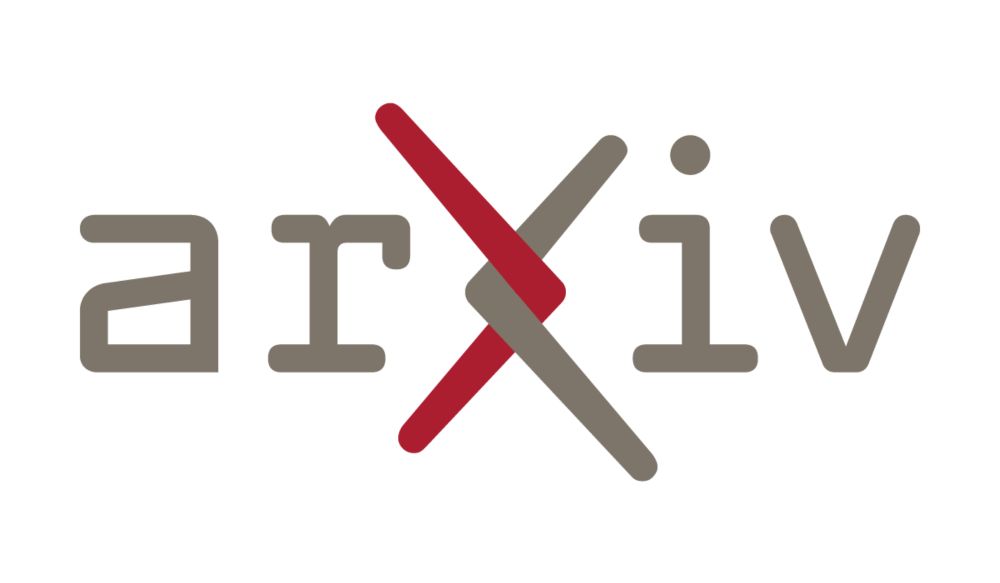Meg Schwamb
@megschwamb.bsky.social
5.6K followers
190 following
940 posts
Planetary scientist & astronomer at Queen’s University Belfast: KBOs, Planet Four(Mars), exoplanets (Planet Hunters NGTS) ,LSST SSSC co-chair. Opinions posted are my own. Pronouns: she/her
Posts
Media
Videos
Starter Packs
Reposted by Meg Schwamb
Reposted by Meg Schwamb
Reposted by Meg Schwamb
Reposted by Meg Schwamb
Reposted by Meg Schwamb
Reposted by Meg Schwamb
Reposted by Meg Schwamb
Reposted by Meg Schwamb









